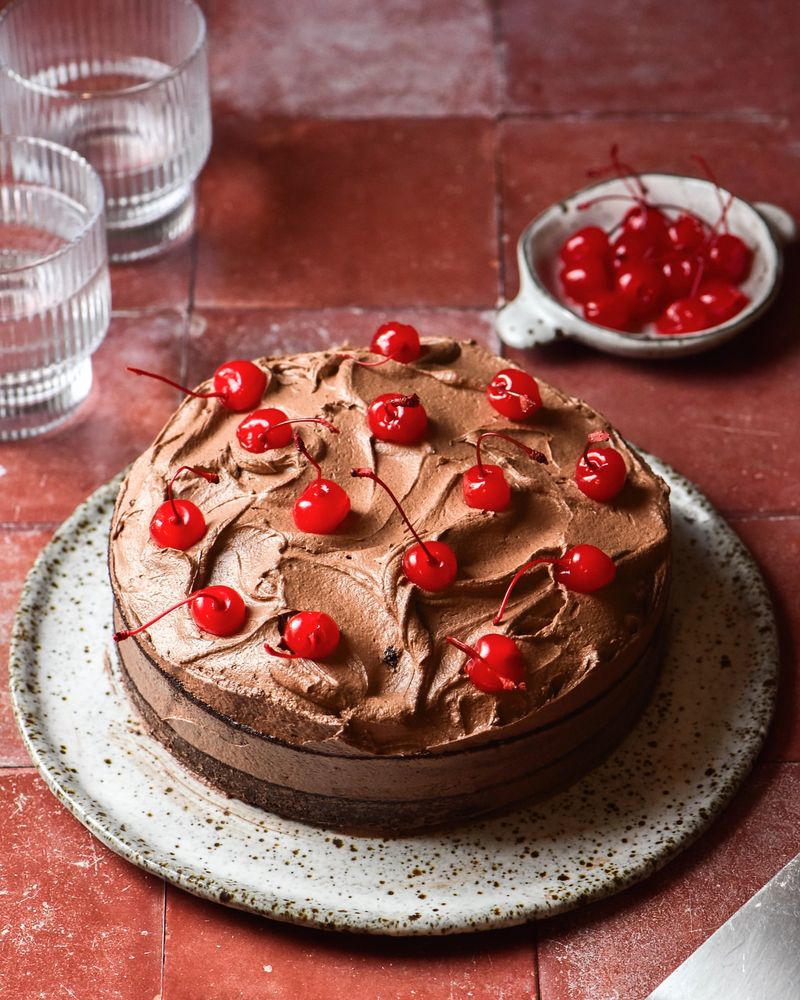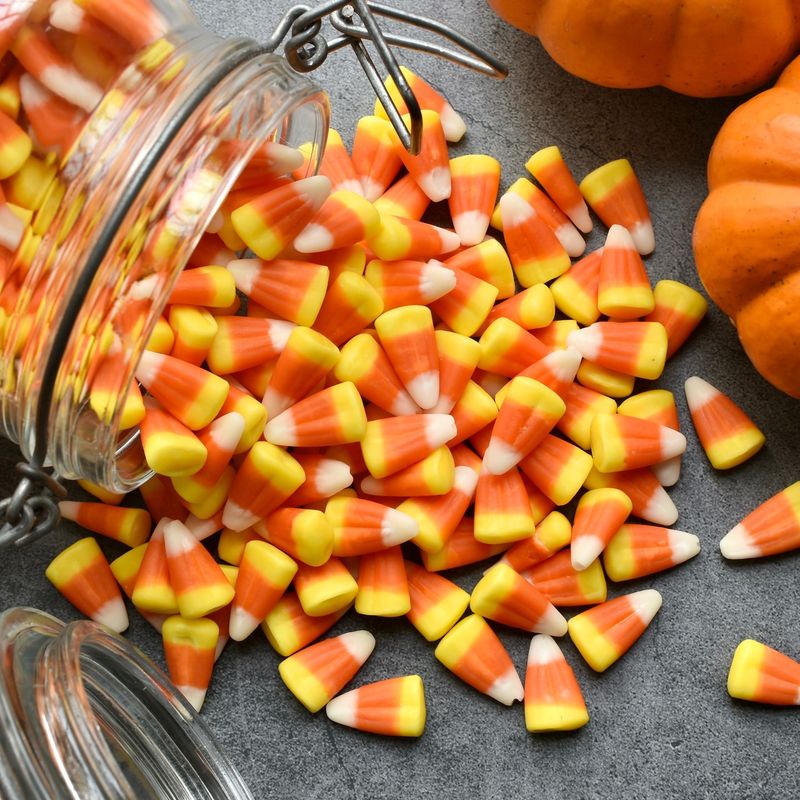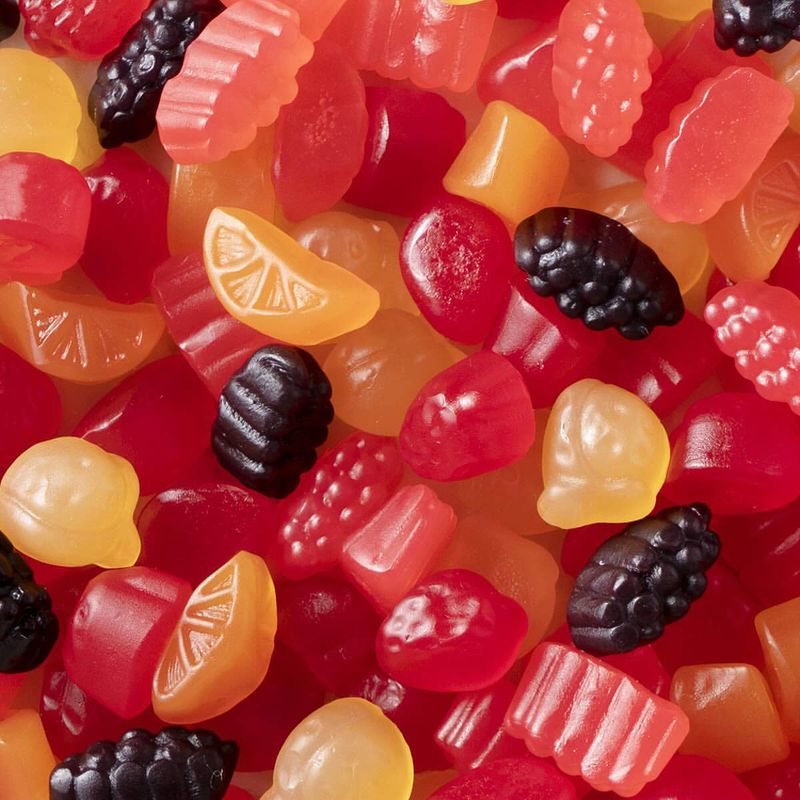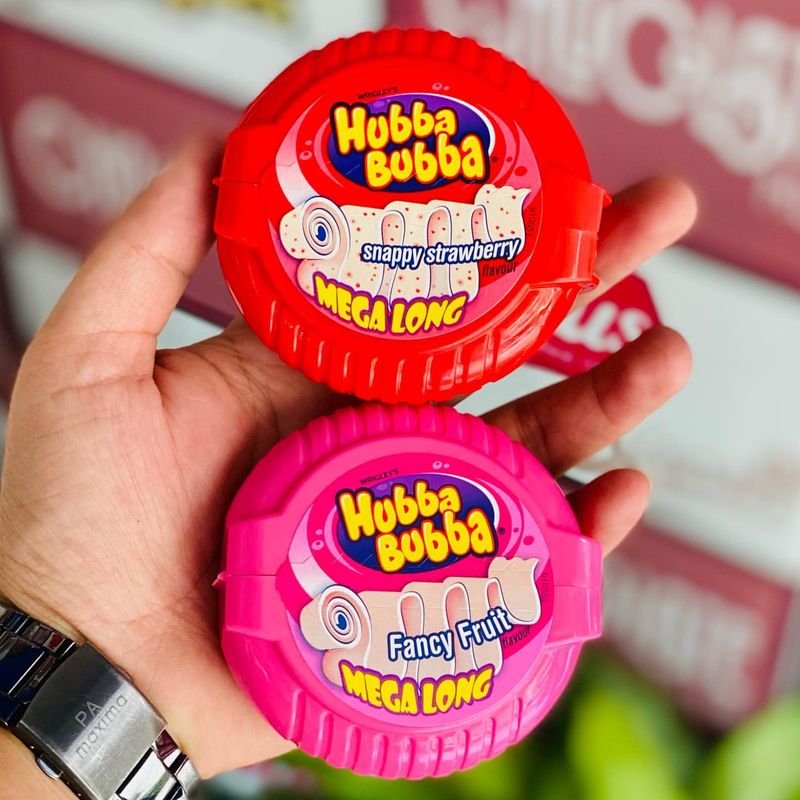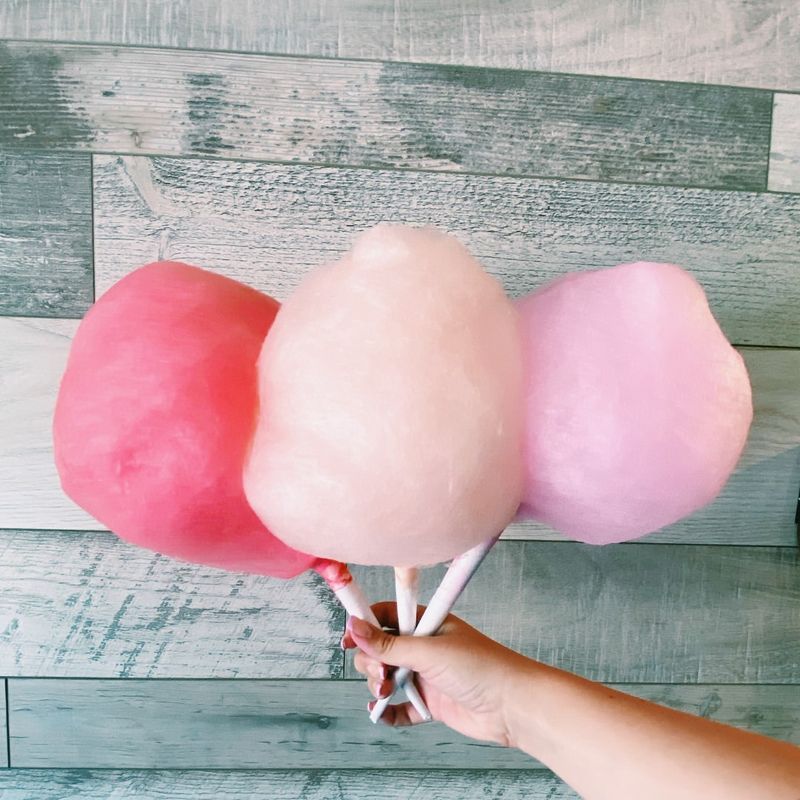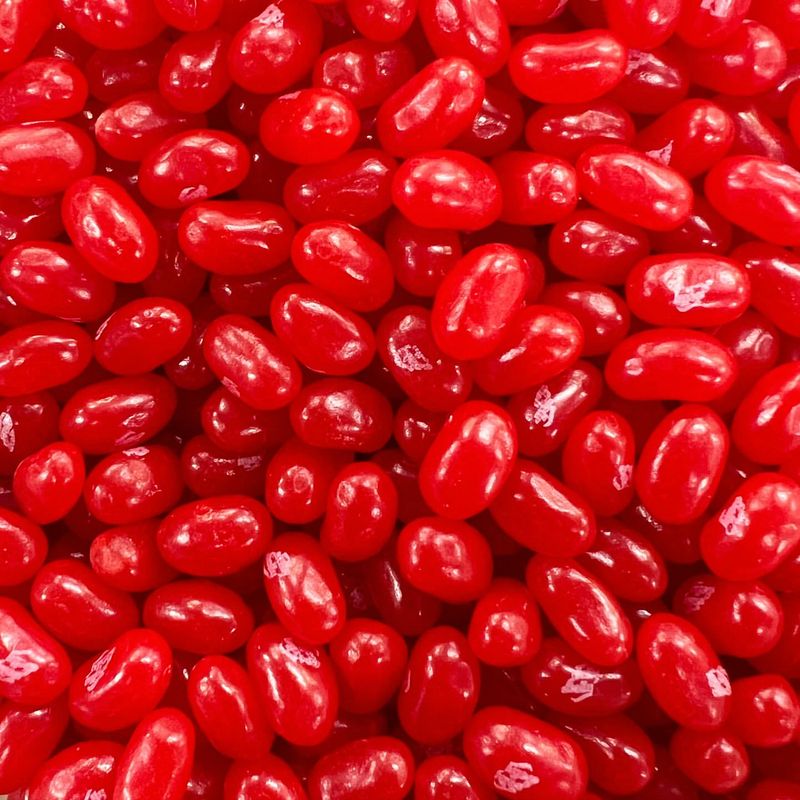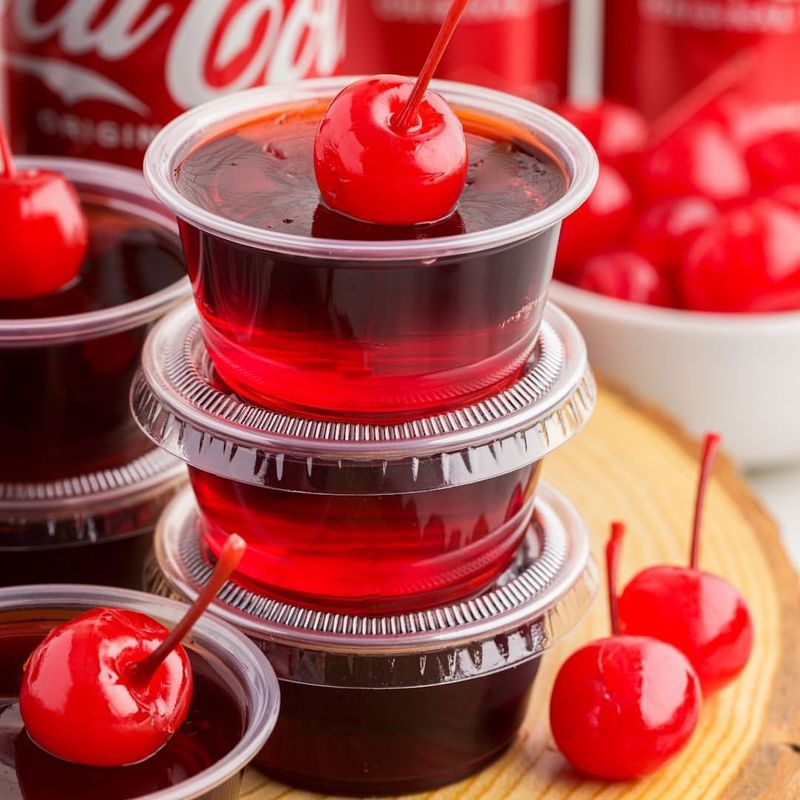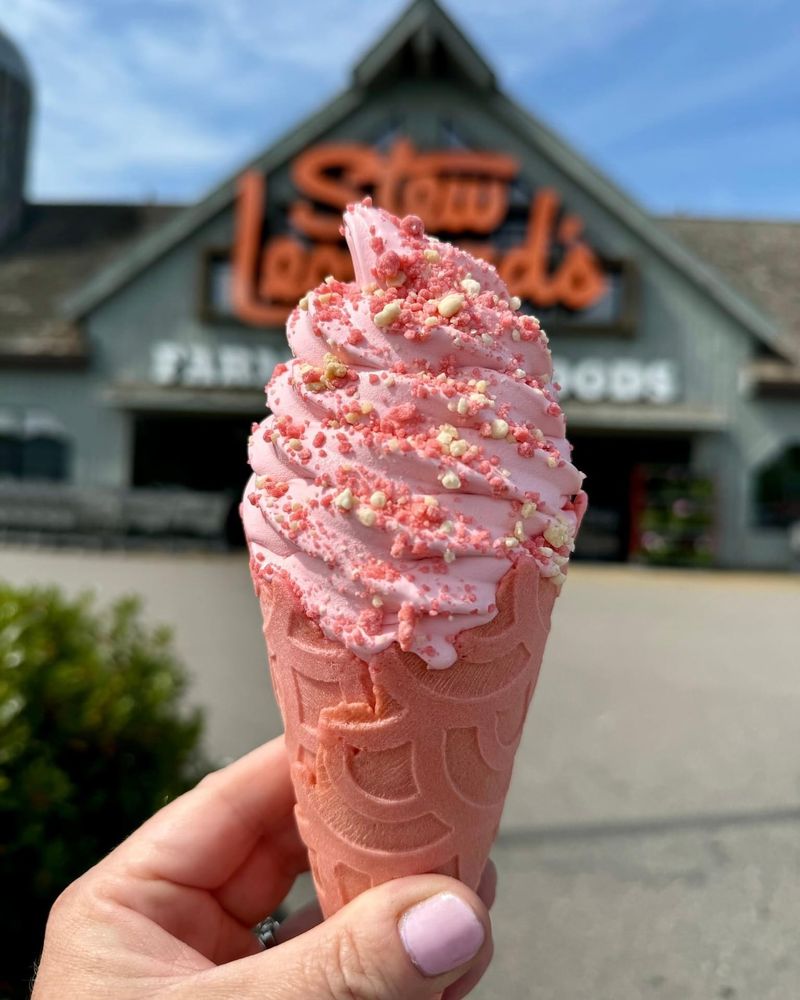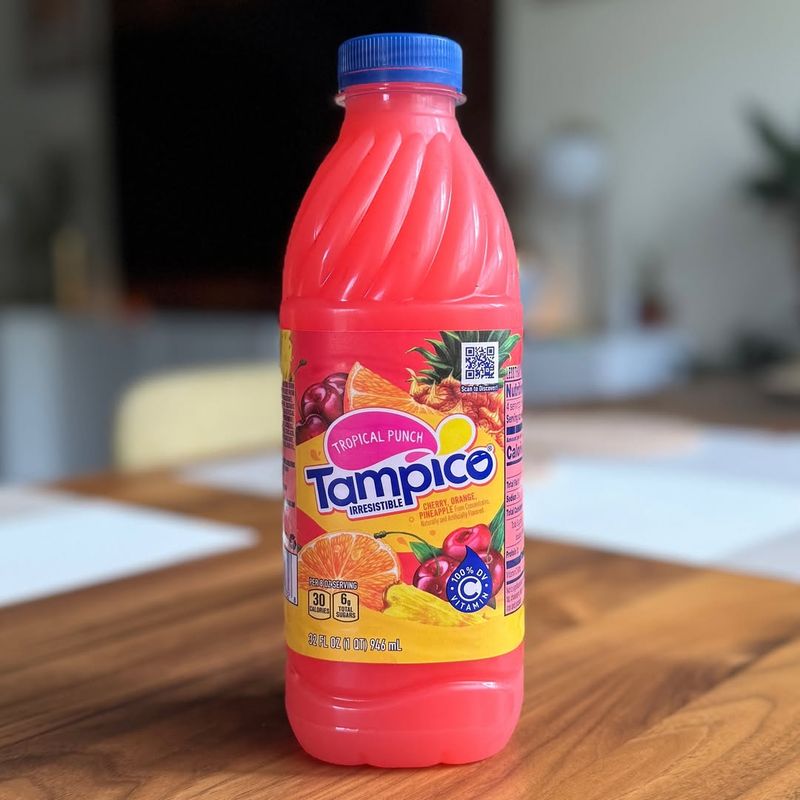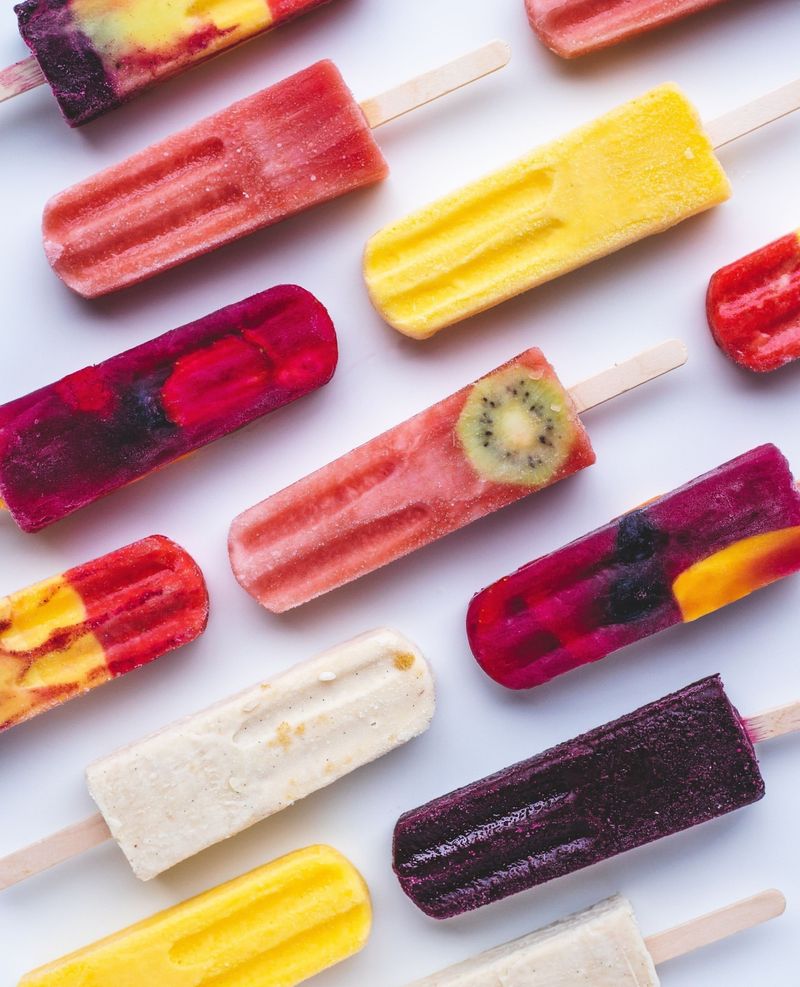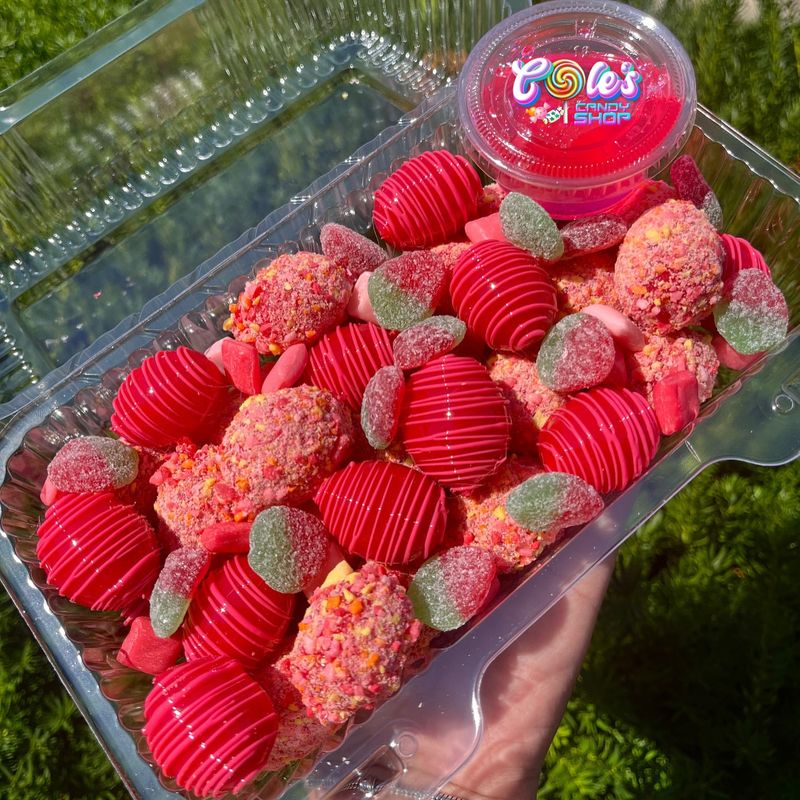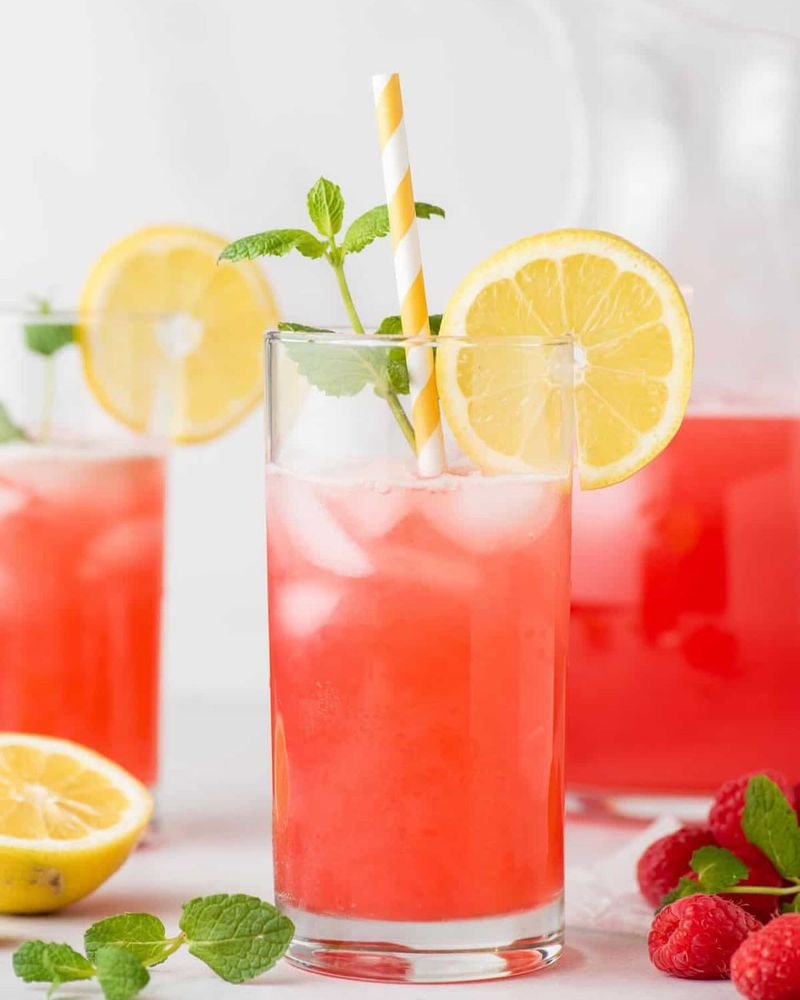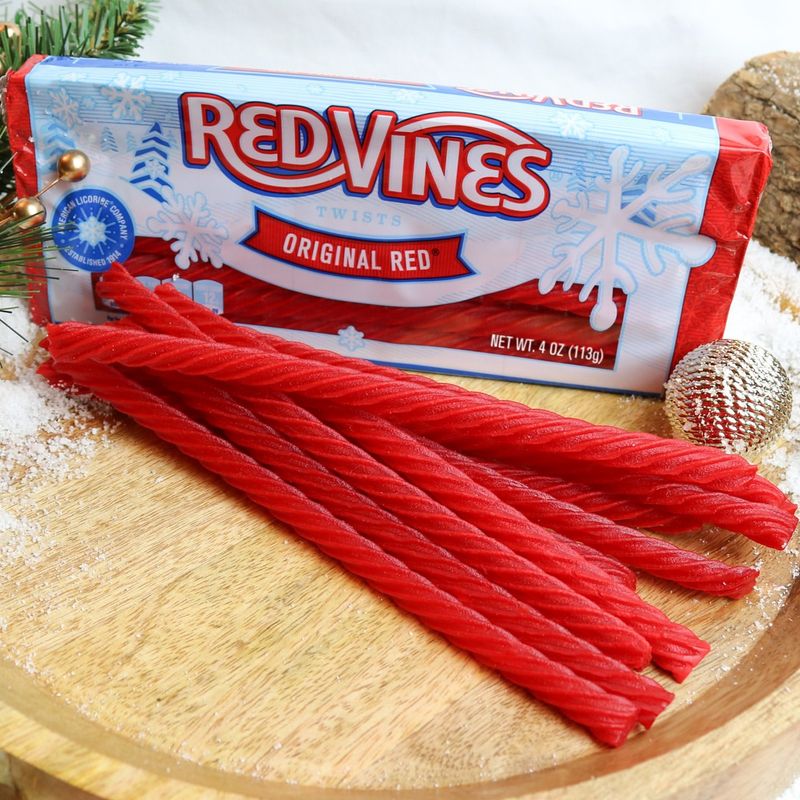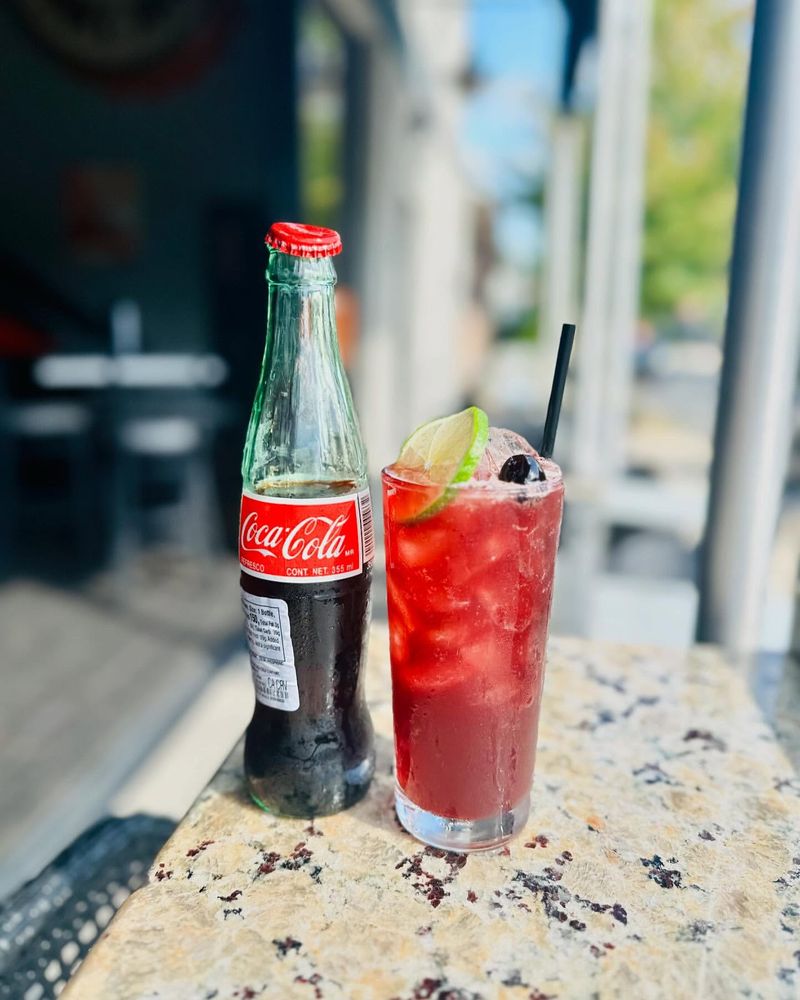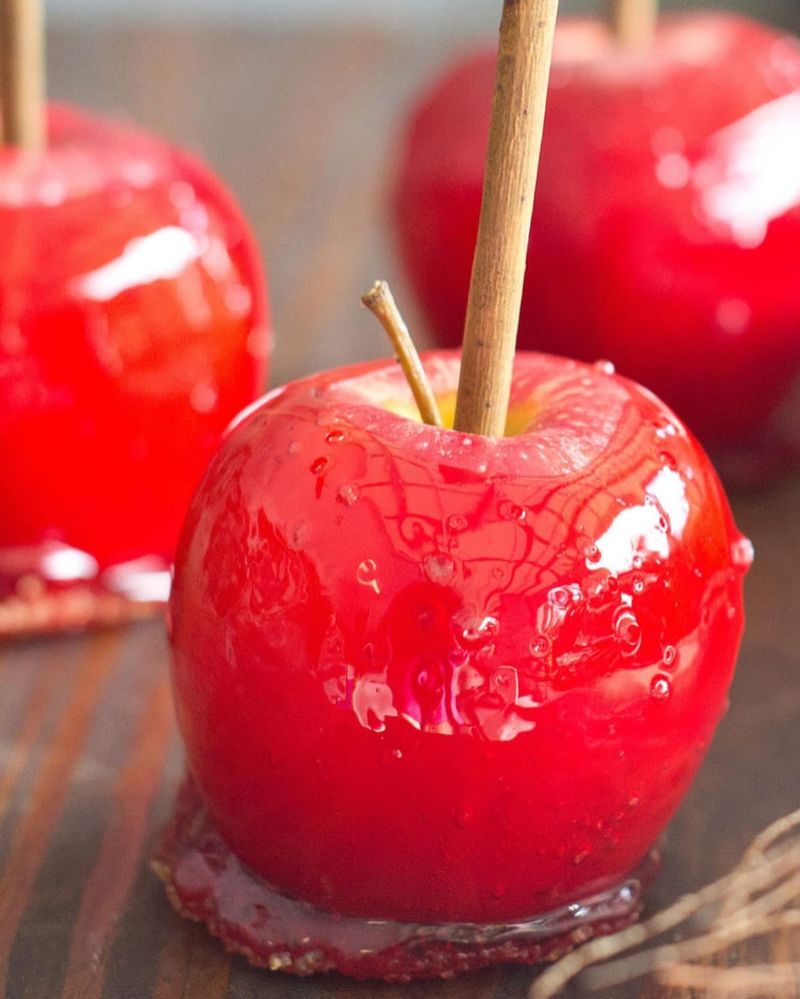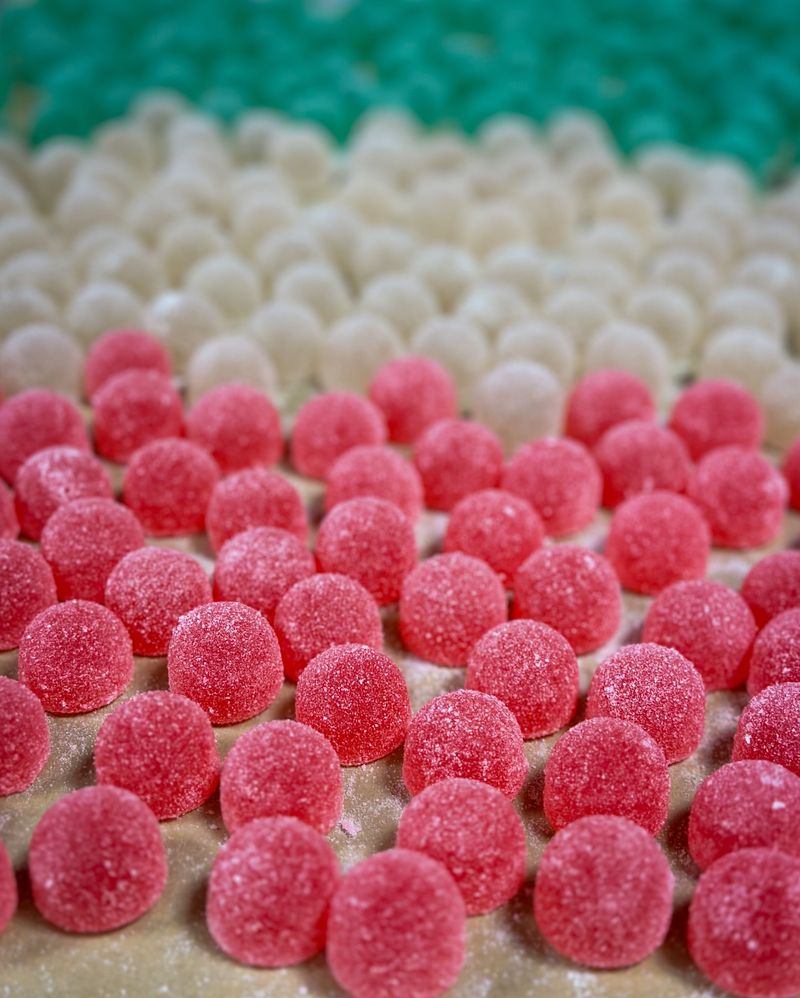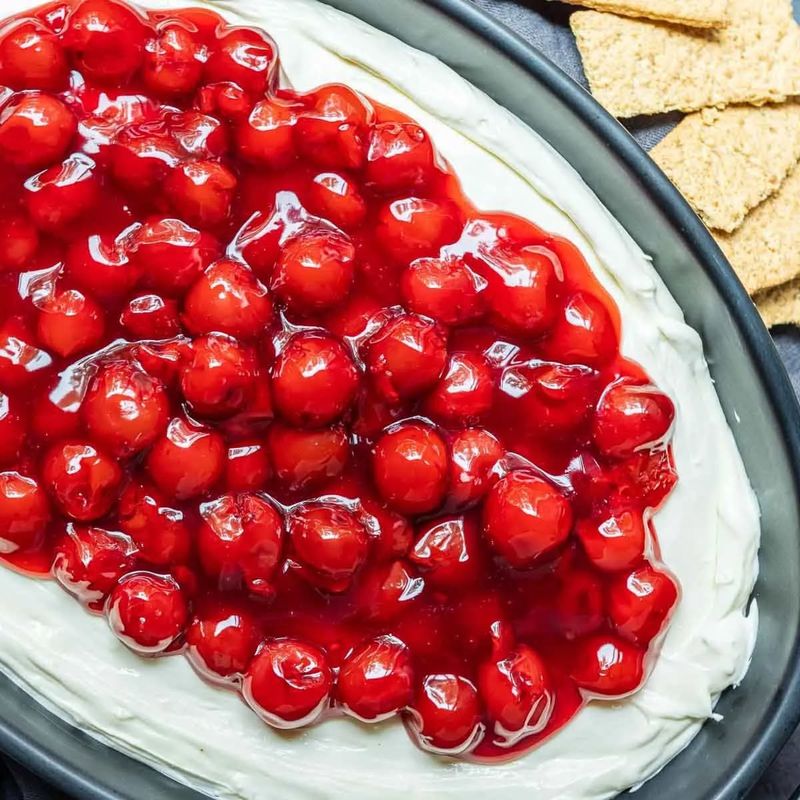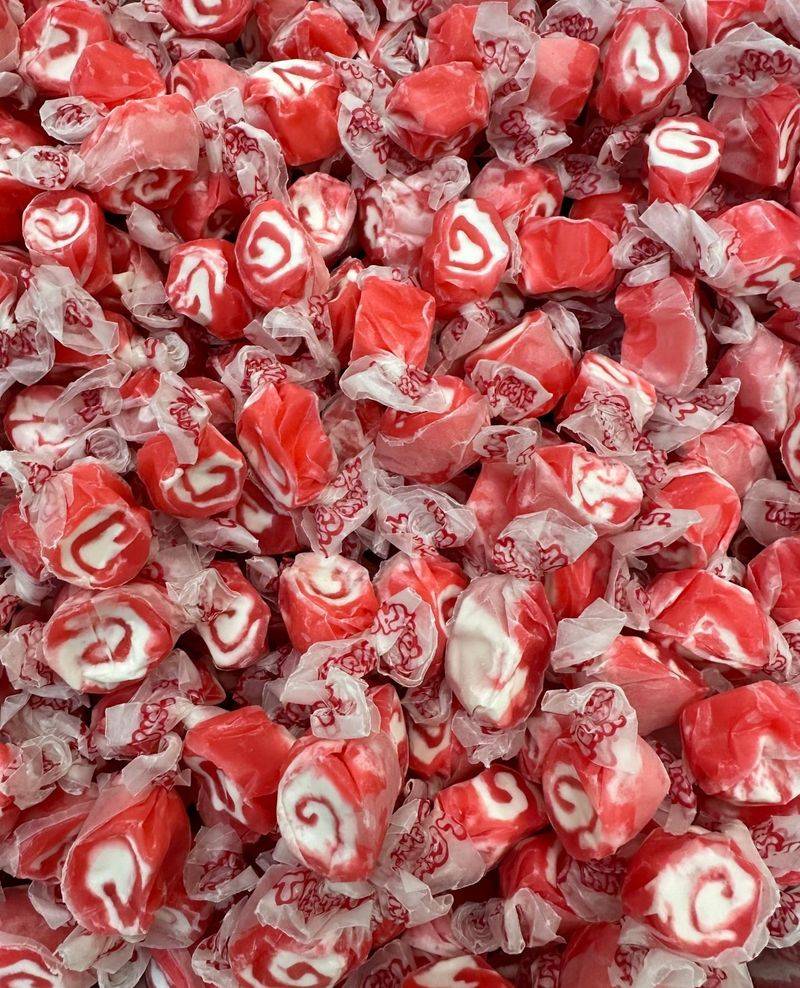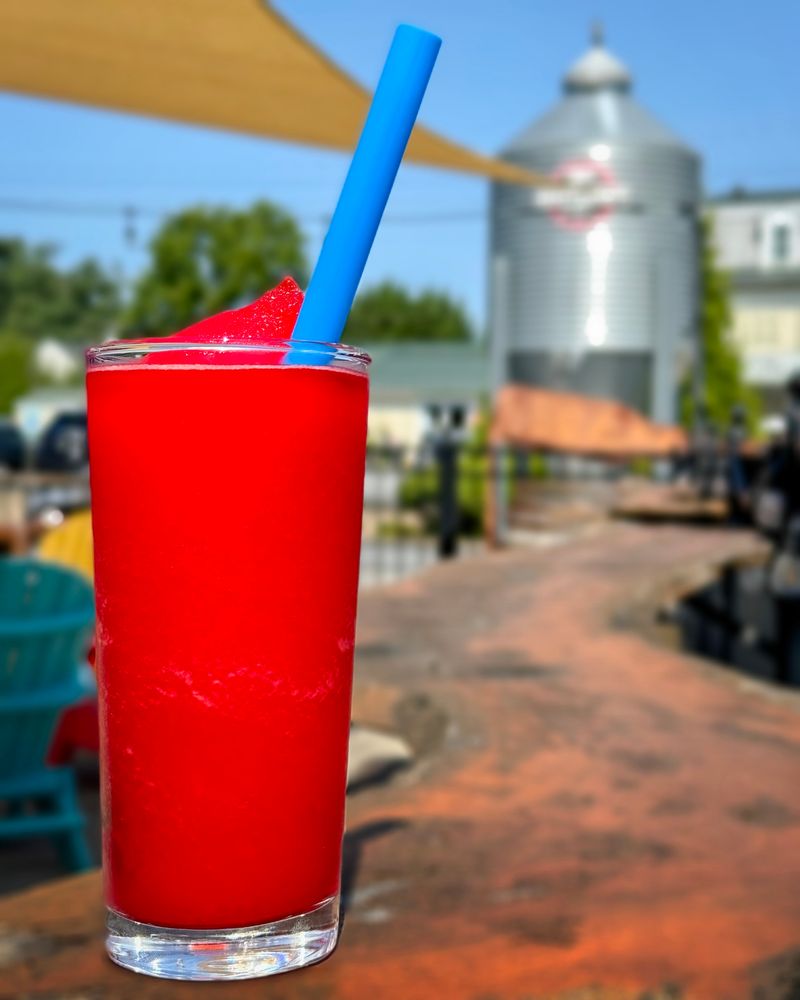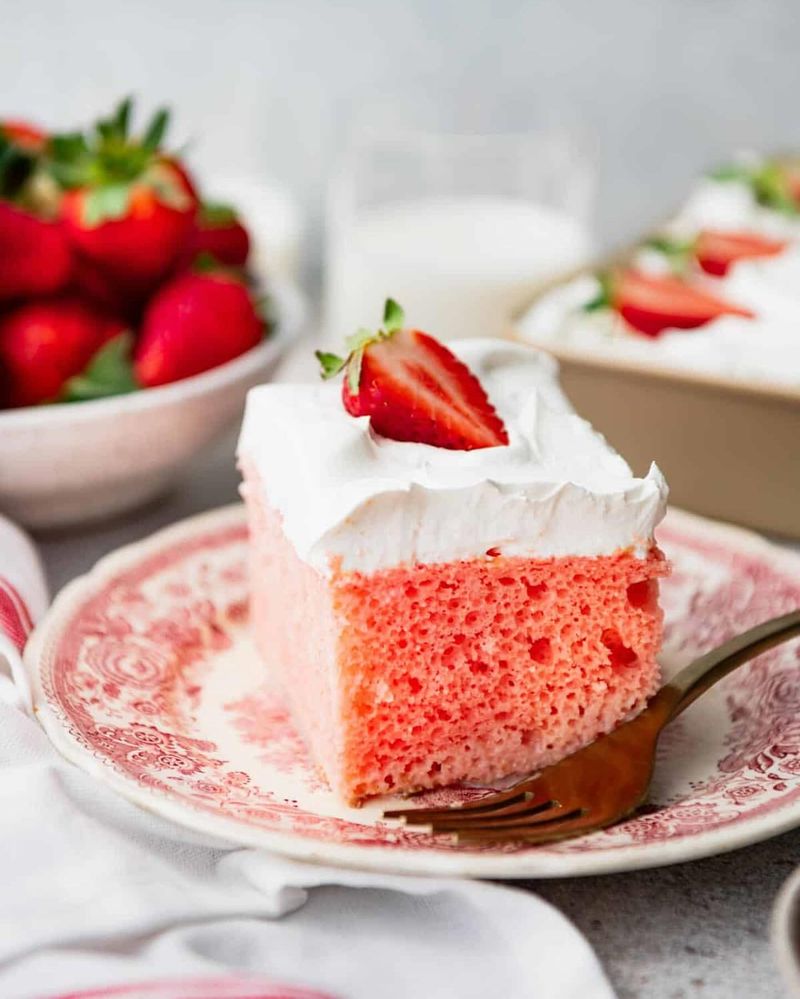Have you ever stopped to think about what gives some of your favorite foods their eye-catching red hue? Well, Red Dye No. 3 has been stealing the spotlight lately—and not for the best reasons.
Once the go-to coloring for candies, baked goods, and more, this vibrant dye has fallen out of favor due to growing health concerns, including links to hyperactivity and even cancer. Now banned, it’s sending shockwaves through the food industry, prompting some iconic treats to undergo a colorful makeover.
Curious to find out which popular foods are saying goodbye to this controversial shade? Let’s dive in and uncover the surprising lineup!
1. Maraschino Cherries
Maraschino cherries, those vibrant toppings on your sundae, are directly hit by the Red Dye No. 3 ban. Often found bright red, courtesy of this dye, they add a pop of color to desserts and cocktails.
How these cherries will adapt is something producers are pondering. A natural alternative might see them in a softer shade, yet still deliciously sweet. For those who adore their vivid appearance, this change marks a significant shift in their dessert-making ritual.
2. Candy Corn
Candy corn, a Halloween staple, often relies on Red Dye No. 3 for its orange hue. This ban poses a challenge for candy makers who aim to preserve its traditional look. However, alternatives could bring subtle changes in color and taste.
If you’re a candy corn fan, you might notice these tweaks in your next batch. While the core flavors remain familiar, the visual transformation could be one of the most noticeable impacts of this regulatory change.
3. Fruit Snacks
Fruit snacks are beloved by children and adults alike, many featuring Red Dye No. 3 for that appealing pop of color. The ban might force manufacturers to seek natural coloring solutions, altering both appearance and cost.
Though these changes could mean a lighter hue, the fruity flavors should remain intact. As consumers, you might find new brands emerging, touting natural ingredients. Hence, this transition offers a chance to explore new options in the snack aisle.
4. Bubble Gum
Bubble gum, especially the pink variety, often owes its rosy hue to Red Dye No. 3. With the ban, gum producers need to rethink their recipes. How this will affect the classic pink shade is yet to be seen, but natural alternatives might bring a slightly different tint.
However, the iconic bubble-blowing experience stays unchanged, allowing you to enjoy your favorite pastime. These changes could also inspire more natural flavors, enhancing the overall gum-chewing delight.
5. Cotton Candy
Cotton candy, that fluffy fairground treat, frequently uses Red Dye No. 3 to achieve its charming pink or blue shades. This ban pushes vendors to experiment with natural dyes, which might alter its visual allure.
Though the color may shift, the sweet, melt-in-your-mouth sensation remains a constant. If you’re a fan of this sugary cloud, expect a new look next time you’re at the fair. This change might just introduce an unexpected twist to your carnival experience.
6. Jelly Beans
Jelly beans, with their myriad of colors, are often dyed with Red Dye No. 3. The ban challenges manufacturers to maintain their vibrant appearance. While natural dyes could lead to a subtler palette, the essence of each flavor remains.
If you’re picking out your favorites, you might notice some hues look different. However, the joy of mixing flavors and colors stays intact, ensuring that jelly beans continue to be a delightful treat for all ages.
7. Strawberry Yogurt
Strawberry yogurt, loved for its creamy texture and pinkish hue, might see a change with the Red Dye No. 3 ban. Many brands have used this dye to enhance the color, making it more enticing. With the shift to natural alternatives, you may notice a paler color.
Despite this, the fresh strawberry taste remains rich and satisfying. How brands adapt to these changes might lead to new and innovative product offerings in the yogurt aisle.
8. Red Velvet Cake
Red velvet cake, famous for its deep red color, is closely affected by the Red Dye No. 3 ban. Bakers often used this dye to achieve the cake’s signature hue. Alternatives might result in a lighter red or even a natural cocoa color.
If you love this classic dessert, be prepared for slight visual changes. However, the moist, velvety texture and the cream cheese frosting you adore will continue to delight your taste buds with every bite.
9. Cherry Flavored Jello
Cherry-flavored Jello, a favorite in many households, is another product impacted by the Red Dye No. 3 ban. Known for its bright, translucent red appearance, this jiggly delight might need to find a new color source.
While the visual might change, the wobbly fun and cherry taste will still be there. If you enjoy making Jello treats for family gatherings, this presents an opportunity to explore new recipes and perhaps introduce more natural ingredients to your desserts.
10. Strawberry Ice Cream
Strawberry ice cream, a summertime favorite, typically uses Red Dye No. 3 for its appealing pink color. This ban means manufacturers will explore alternatives to keep that tempting look. Though the hue might change slightly, the creamy, fruity experience remains untouched.
If you love indulging in this refreshing treat, you’ll still find it just as delightful. This situation may even encourage brands to innovate with more natural flavors, refreshing the ice cream market.
11. Fruit Punch
Fruit punch, often a vibrant red beverage, leans heavily on Red Dye No. 3 for its color. The ban forces producers to rethink how they achieve that eye-catching hue. Although alternatives are available, the change might bring a softer tone.
However, the refreshing fruity flavors remain a staple, making it a go-to drink at parties. If you’re serving fruit punch, you’ll notice the look could be different, but the lively taste will keep your guests coming back for more.
12. Ice Pops
Ice pops, a beloved summer treat, frequently incorporate Red Dye No. 3 for their bright colors. The ban prompts manufacturers to find new ways to maintain their visual appeal. Though this might mean a shift in shade, the chilly, sweet sensation remains.
If you enjoy these frozen delights, expect to see more natural colorants in use. This transition could lead to exciting new flavors and combinations, keeping the joy of cooling down on a hot day alive and well.
13. Fruit-Flavored Candies
Fruit-flavored candies, popular for their bright and attractive colors, often use Red Dye No. 3. The ban compels candy makers to seek other colorants, possibly altering their classic look.
However, the delightful taste remains unchanged, keeping them a favorite among candy enthusiasts. If you’re indulging in these sweets, expect a slight tweak in appearance.
This opens up opportunities for brands to emphasize natural ingredients, offering a fresh take on a beloved treat.
14. Pink Lemonade
Pink lemonade, known for its rosy tint, typically includes Red Dye No. 3. The ban challenges producers to recreate this signature look using natural ingredients. While the new lemonade might appear less vibrant, its refreshing and tangy taste persists.
If pink lemonade is your beverage of choice, you may notice this subtle change. This transition encourages exploration of natural flavors, possibly enhancing the overall drinking experience.
Still, it remains a quintessential summer refreshment.
15. Red Licorice
Red licorice, a favorite chewy snack, often relies on Red Dye No. 3 for its iconic color. The ban pushes manufacturers toward natural dyes, which may alter its appearance. However, the sweet, fruity flavor and chewy texture stay the same, keeping it a go-to treat.
If you enjoy this candy, you may notice a change in hue. This situation presents an opportunity for brands to innovate with natural ingredients, possibly offering a more wholesome version of this classic snack.
16. Cherry Cola
Cherry cola, a fizzy favorite, sometimes uses Red Dye No. 3 to enhance its appealing color. With the ban, producers must adapt by finding new coloring methods. While this may alter the visual aspect, the beloved cherry and cola blend remains intact.
If you’re sipping on this beverage, expect the same great taste. This change might also encourage more natural flavor innovations, providing a fresher, healthier option for cola enthusiasts.
17. Red Candied Apples
Red candied apples, synonymous with fall festivals, often use Red Dye No. 3 for their shiny coating. The ban challenges vendors to seek natural alternatives, which may alter the apple’s vivid appearance.
However, the crisp sweetness remains a cherished delight. If you’re a fan of this fairground classic, expect a change in shade. This situation invites creativity in using natural ingredients, possibly adding a new twist to this traditional treat while preserving its festive essence.
18. Spiced Gumdrops
Spiced gumdrops, known for their assorted colors and spicy-sweet taste, often incorporate Red Dye No. 3. The ban necessitates a switch to natural dyes, potentially changing their appearance.
However, the distinctive flavor remains, ensuring they stay a favorite among candy lovers. This adaptation allows for exploration in flavor combinations, providing a new experience without losing the classic gumdrop charm.
19. Cherry Pie Filling
Cherry pie filling, loved for its rich, red hue, is often colored with Red Dye No. 3. The ban requires a transition to natural alternatives, which might affect its appearance.
Despite this, the sweet and tangy flavor you enjoy in your pies remains the same. If you frequently bake with cherry filling, expect a change in color but not in taste.
This shift highlights the potential for more natural ingredients, offering a fresh take on a beloved dessert staple.
20. Red Taffy
Red taffy, a beach-side treat, typically uses Red Dye No. 3 for its bold color. The ban prompts confectioners to explore new colorants, which may alter its appearance.
Yet, the sweet, stretchy delight stays the same, making it a staple for candy enthusiasts. This situation encourages creativity with natural ingredients, possibly offering a healthier and more innovative version of this timeless favorite.
21. Red Slushies
Red slushies, popular for their vibrant color and refreshing taste, often rely on Red Dye No. 3. The ban challenges vendors to find natural color alternatives, potentially altering their look. However, the icy, fruity experience remains a staple for summer fun.
If you love sipping on these during hot days, expect a change in appearance. This transition might introduce new and exciting flavors, ensuring slushies continue to be a refreshing and enjoyable treat.
22. Strawberry Cake Mix
Strawberry cake mix, designed for easy baking, frequently includes Red Dye No. 3 for its pink hue. The ban pushes producers to consider natural dyes, possibly changing the color. However, the delightful strawberry flavor and moist cake texture remain consistent.
If you’re an at-home baker, you might notice a visual difference in your cakes. This shift could lead to the exploration of new ingredients, enhancing the baking experience while maintaining the essence of strawberry cake.


